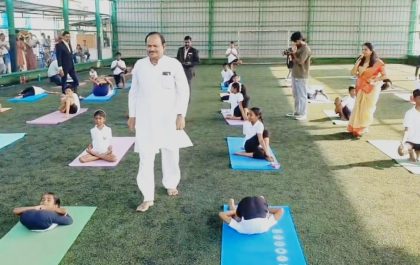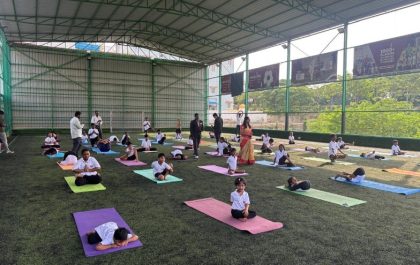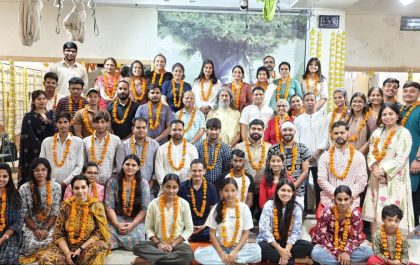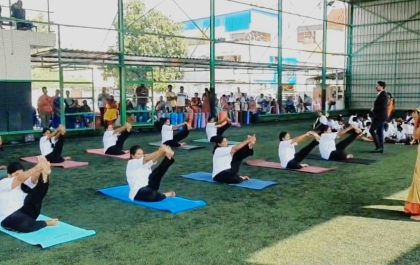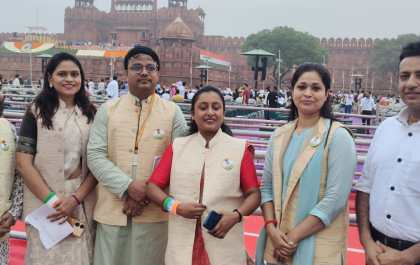1. Introduction to Patience: A Fundamental Human Virtue
Patience is universally regarded as a vital human trait, transcending cultures and eras. It embodies the capacity to endure delays, difficulties, or suffering without frustration, enabling humans to achieve long-term goals and maintain social harmony. Across civilizations, patience has been essential not only for survival but also for craftsmanship, spiritual development, and leisure activities. From crafting tools in prehistoric times to engaging in modern leisure pursuits, the cultivation of patience has historically been intertwined with human progress.
Table of Contents
2. Historical Perspectives: From Ancient Tools to Early Practices
In early human societies, patience was crucial for developing essential tools and techniques. For example, flint knapping—shaping stone by striking it with another stone—required meticulous control and endurance, often taking hours or days to produce a single workable tool. Similarly, pottery-making demanded sustained attention and careful handling of clay, with artisans spending significant time on each vessel. These activities exemplify how patience was embedded in daily survival and craftsmanship.
Ancient civilizations also developed activities that inherently involved patience, such as fishing. In Egypt, Mesopotamia, and China, fishing was not only a means of sustenance but also a practice that required waiting and strategic patience. Techniques like fishing with nets, traps, or long-line hooks necessitated calmness and perseverance over extended periods.
For instance, the ancient Egyptians used fishing poles and nets that demanded quiet observation and steady patience to catch fish effectively. These early techniques highlight how patience was a foundational skill that supported societal development and resource management.
3. The Science and Psychology of Patience
Modern research reveals that patience involves complex cognitive and emotional processes. It activates brain regions linked to self-control, such as the prefrontal cortex, and is associated with positive emotional regulation. Studies have shown that individuals who cultivate patience tend to make better decisions, exhibit greater resilience, and achieve long-term success in various domains including education, health, and finance.
According to psychologist Walter Mischel’s famous marshmallow test, children who demonstrated patience in delaying gratification were more likely to succeed academically and socially later in life. This underscores patience’s role as a predictor of future achievement and well-being.
Evolutionarily, patience conferred advantages by enabling early humans to hunt, gather, and cooperate effectively over extended periods, fostering social bonds and resource stability. This trait’s development was crucial for survival, especially in environments demanding strategic planning and endurance.
4. Patience in Nature: Lessons from the Animal World
Nature offers abundant examples of patience, particularly in predatory behaviors. For example, brown pelicans dive from great heights to catch fish, waiting silently for the right moment to strike. Their ability to coordinate timing with water movements demonstrates natural patience and precision.
Many animals have evolved adaptations that hinge on patience—think of spiders weaving intricate webs, or male seahorses waiting for the right moment to fertilize eggs. These strategies reveal how patience and timing are critical for survival and reproductive success.
By observing these natural strategies, humans can better understand patience’s importance in achieving goals that require long-term effort and careful timing.
5. Technological Innovations and Their Impact on Patience
The invention of fish finders using sonar technology in 1948 revolutionized fishing by dramatically reducing the time and patience traditionally required to locate fish. These devices use sound waves to detect fish beneath the water’s surface, transforming a historically slow activity into a more efficient process.
Modern gadgets, from GPS-enabled fishing reels to digital monitoring systems, continue to alter traditional patience-based activities. While they enhance efficiency, they also pose questions about how technology influences virtues like patience. For example, the ease of instant information can reduce the need for waiting and perseverance, potentially impacting the development of patience in younger generations.
However, balancing technological convenience with the cultivation of patience remains vital. Innovations can be tools that support patience when used mindfully, rather than shortcuts that diminish it.
6. Modern Recreational Activities: The Case of Fishin’ Frenzy
Modern gaming often mirrors traditional activities that demand patience. For instance, FISHIN’ FRENZY GAME exemplifies how digital environments can simulate the patience required in real fishing. Players invest time and strategic thinking to catch virtual fish, mimicking the long waits and skillful timing of actual angling.
Furthermore, high-value fishing lures, such as those costing over $100,000 (e.g., a $101,200 lure), symbolize the patience and resource investment needed to succeed. These virtual treasures serve as motivational symbols that reinforce the virtue of perseverance, even in leisure contexts.
Such digital simulations not only entertain but also foster an understanding of patience’s value in achieving meaningful rewards, linking ancient principles with modern technology.
7. Non-Obvious Dimensions of Patience: Cultural and Personal Growth
Across cultures, rituals like meditation, slow crafts, and traditional arts cultivate patience as a pathway to personal mastery. For example, the Japanese practice of “Kintsugi” (repairing pottery with gold) involves meticulous, time-consuming work that embodies patience and resilience.
Patience also plays a role in personal development—learning a new skill, mastering an instrument, or cultivating mindfulness requires sustained effort over time. These practices foster inner growth and resilience, emphasizing patience as an essential virtue.
“Patience is not simply the ability to wait — it’s how we behave while we’re waiting.” — Joyce Meyer
However, contemporary society’s fast-paced nature challenges patience, often leading to frustration and impatience. Strategies such as mindful meditation, deliberate slow crafts, or engaging in activities like fishing—whether real or virtual—can help cultivate this vital trait.
8. The Future of Patience: Evolving with Technology and Society
Emerging trends in gaming, virtual reality, and digital environments are creating new contexts for patience development. Virtual worlds can simulate real-world scenarios requiring long-term investment and strategic patience, providing safe spaces to practice endurance and perseverance.
Potential exists for innovative forms of patience cultivation, such as immersive experiences that reward delayed gratification or long-term planning. Yet, balancing these digital advances with the timeless virtues of patience remains crucial for fostering resilient and mindful individuals.
9. Conclusion: Appreciating and Cultivating Patience Across Time
The journey from primitive tools to complex modern games underscores the enduring importance of patience in human development. While technologies evolve, the core virtue persists, enabling individuals and societies to achieve lasting success. Modern activities, whether traditional fishing or virtual simulations like FISHIN’ FRENZY GAME, exemplify how patience remains a vital skill that bridges past and present.
Encouraging mindful patience in everyday life—be it in leisure, work, or personal growth—can foster resilience, mastery, and societal progress. As we continue to innovate, preserving this timeless virtue ensures that human development remains balanced and sustainable.


